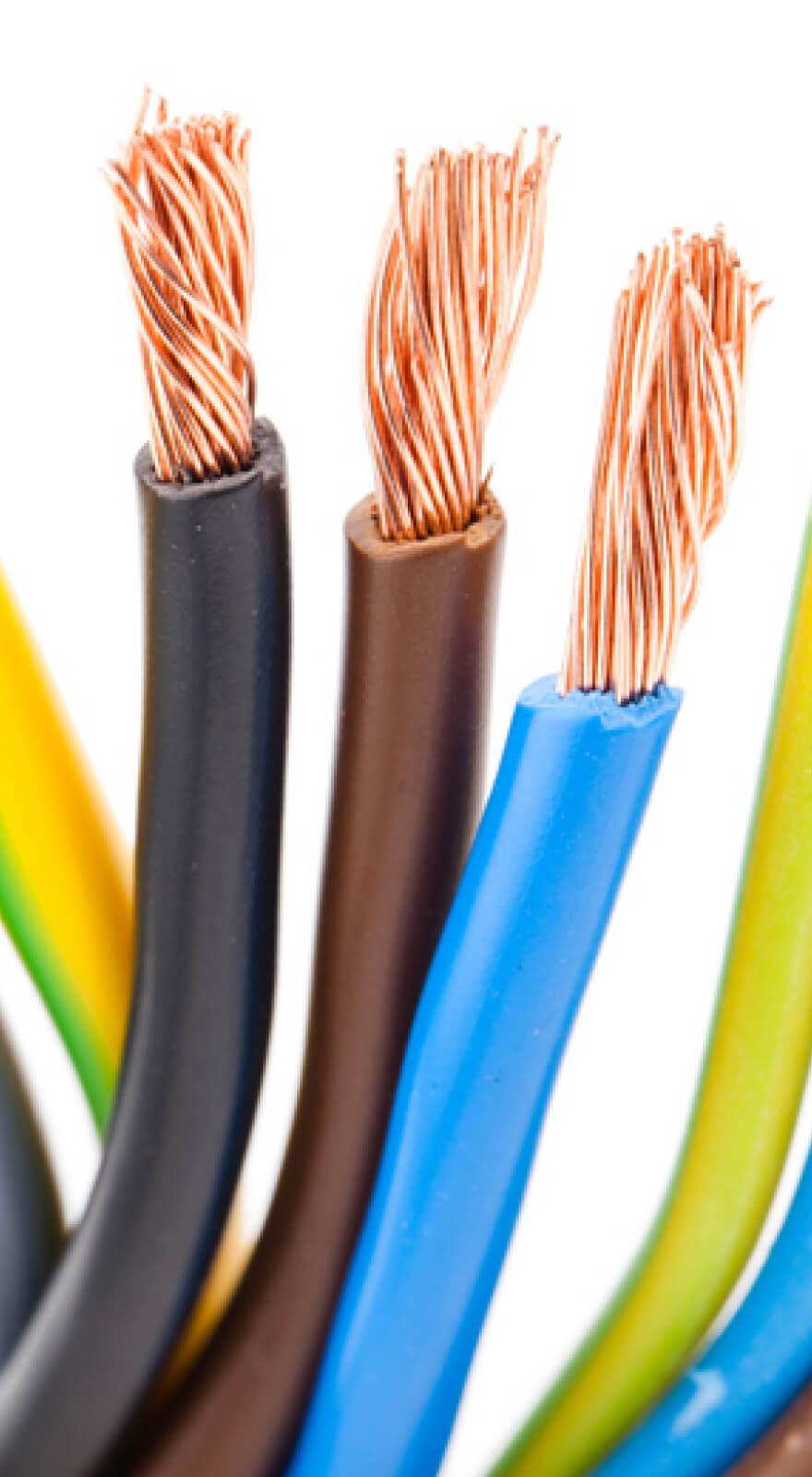Knowde Enhanced TDS
Identification & Functionality
- Additives Included
- Chemical Family
- Plastics & Elastomers Functions
- Technologies
- Product Families
Features & Benefits
- Materials Features
- Key Characteristics
Low density, moisture curable polyethylene compound for 125°C/150°C appliance wire and coil-lead wire applications.
Applications & Uses
- Applications
- Plastics & Elastomers End Uses
Properties
- Physical Form
- Mechanical Properties
- Physical Properties
- Flammability
| Value | Units | Test Method / Conditions | |
| Deformation | 10 | % | — |
| Elongation Under Load (Hot Elongation Test: 15 min / 150°C, 0.2 N/mm² Load) | 45 | % | SACO AEI DWI-QA-4007 based on ICEA T-28-562 |
| Dielectric Constant (1MHz - 100MHz Range) | 2.38 | — | ASTM D150 |
| Low Temperature Brittleness Point (LTBP) | max. -65 | °C | ASTM D746 |
| Dissipation Factor (at 1 MHz) | 0.00104 | — | ASTM D150 |
| Dissipation Factor (at 100 KHz) | 0.00083 | — | ASTM D150 |
| Elongation at Break | 300 | % | — |
| Tensile Strength at Break | 2300 | psi | CSA C22.2 No. 210.2. |
| Tensile Strength at Break (After Thermal Aging: 7 Days at 158°C) | 2200 | psi | CSA C22.2 No. 210.2. |
| Tensile Strength at Break (After Thermal Aging: 7 Days at 180°C) | 2200 | psi | CSA C22.2 No. 210.2 |
| Value | Units | Test Method / Conditions | |
| Degree of Cross-linking | 68 | % | ASTM D2765 |
| Specific Gravity (at 23°C) | 1.08 | g/cm³ | ASTM D792 |
| Value | Units | Test Method / Conditions | |
| Horizontal Flame Test | Pass | — | CSA C22.2 No. 210.2 |
Regulatory & Compliance
- Certifications & Compliance
Technical Details & Test Data
- Processing
The pre-grafted base PEXIDAN® A-3001 must be added with type CAT-012FR flame retardant catalyst masterbatch in the proportion 67:33 by weight. We strongly suggest dosing the two components directly in the throat of the extruder using a gravimetric or loss-in-weight feeder. In order to prevent scorching the grafted compound and the catalyst masterbatch must be stored separately and mixed
PEXIDAN® H/T can be processed with PE single screw extruders having proper temperature control and a good mixing screw (2.5:1 ratio at least).
The following temperature profile is suggested:Barrel Zones Head Die Celsius 154°-171°C 185°C 185°C Fahrenheit 310°-340°F 365°F 365°F These conditions may depend on the equipment being used. It is recommended using conveyors and tools shaped in order to prevent stagnation in the head. In case of prolonged shutdown, purge the extruder with LDPE.
Curing - Curing can be done by immersion in hot water at 70°-95°C, by exposure to low pressure steam, or ambient atmospheric moisture. In all cases curing time depends on wall thickness, temperature, relative humidity and quantity of wire on the reel.
Color Masterbatch - A wide range of commonly used color masterbatches based on LDPE are available. A use level of 1.5% by weight should give an acceptable color but this will be dependent upon the concentrate itself. Levels of concentrates should be kept to a minimum because they can detract from performance. It is recommended that the catalyst and color masterbatches be dried prior to usage 4-6 hours at 60°C (150°F) using a desiccant dryer.
Packaging & Availability
- Packaging Information
The physical form of both PEXIDAN® A-3001 and CAT-012FR is free-flowing pellets, and are available in 1500-lb (680-kg) and 2000-lb (907-kg) gaylords respectively, or in 300-lb (136-kg) fiber drums.
Storage & Handling
- Storage and Handling
Due to the moisture sensitivity of PEXIDAN®, SACO AEI Polymers suggests that the following points should be considered when storing the materials:
- Ambient temperature generally not exceeding 30°C
- Avoid direct exposure to sunlight and weathering
- Once the package has been opened it is suggested that the entire contents be used.

